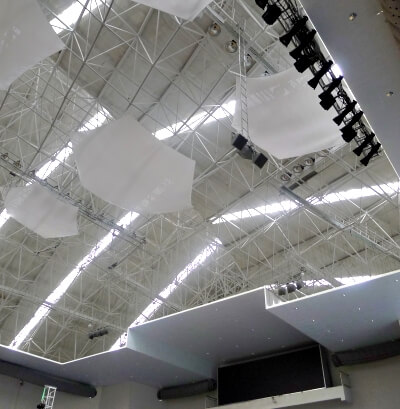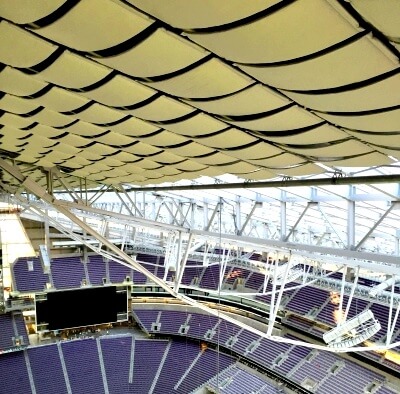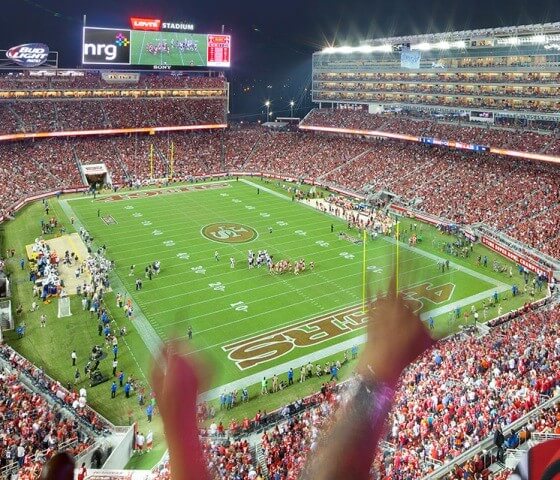Stadiums
Sports venues should bring communities together, fostering local identity and pride. Sports arenas have the power to light up a city’s skyline, put a region on the map, and bring together all parts of a diverse community. Getting people into pools and onto running tracks, they quite literally boost the health and vitality of a neighbourhood. But juggling local needs and sensitivities with the intense pressures of the international sports world can be a challenge.
That level of noise is comparable to standing about 150 feet away from a jet engine during takeoff, and could potentially cause immediate, permanent hearing loss. But the risk to an individual depends on many factors, including how long a person is exposed, and how close they are to the source, said Jennifer Tufts, an audiologist at the University of Connecticut, in Storrs and past president of the National Hearing Conservation Association, a professional association whose mission is to prevent hearing loss in the work force and the general population.
“A ringing in your ears after you leave the game could indicate you were exposed to sound levels loud enough to potentially cause permanent damage,” she said.
The National Institute for Occupational Safety and Health says that without protection, exposure to noise levels equivalent to 85 dBA for eight hours could lead to permanent damage over time. And for every 3 dB above that, the safe exposure time is cut in half. The noise in the stands during a football or soccer game could easily hover around 80-90 dBA, with higher spikes during exciting plays.
“If I were going to a game like that, I would wear hearing protection,” said Tufts. “I’m an audiologist; I value my hearing. … I take earplugs everywhere.”





